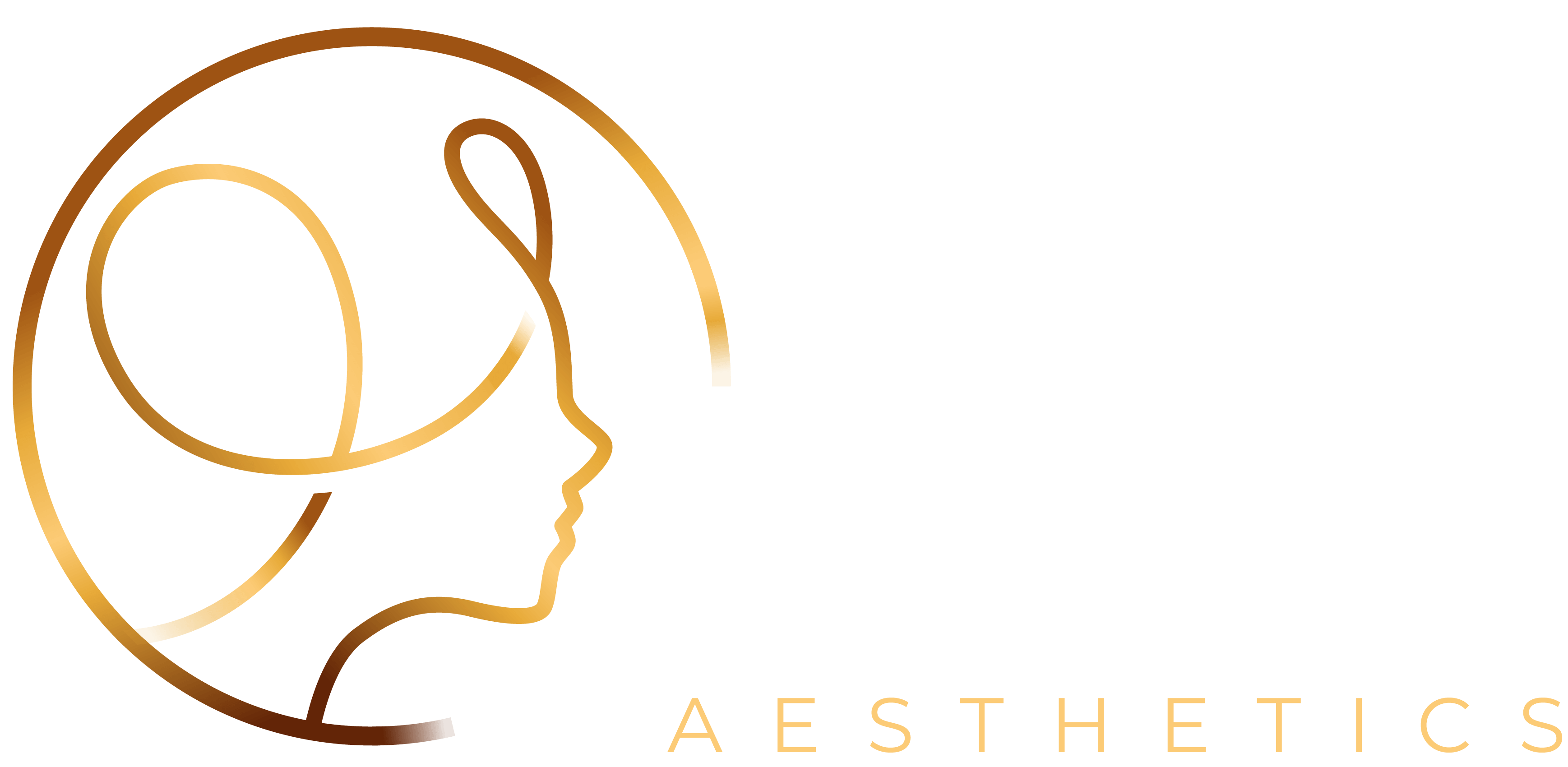Hair Loss Treatment
Hair loss affects individuals of all genders, ages, and backgrounds. Whether it’s gradual thinning, receding hairlines, or noticeable patches of baldness, hair loss can have a significant impact on a person’s appearance, self-esteem, and overall well-being. Understanding the various types of hair loss and their causes can help you find a suitable treatment.
What is hair loss?
Hair loss refers to the partial or complete loss of hair from areas of the body where it normally grows. This means that new hair does not grow to replace the hair that has fallen out. Hair loss can occur on the scalp, as well as other parts of the body, and can range from mild thinning to significant baldness.
Who does it affect?
While hair loss can affect individuals of all genders, certain factors can make individuals more susceptible to it. Men are more likely to experience androgenetic alopecia, while women may experience hair loss due to hormonal changes during menopause or childbirth.
Individuals with a family history of hair loss, underlying medical conditions and high-stress levels are more prone to hair loss.



